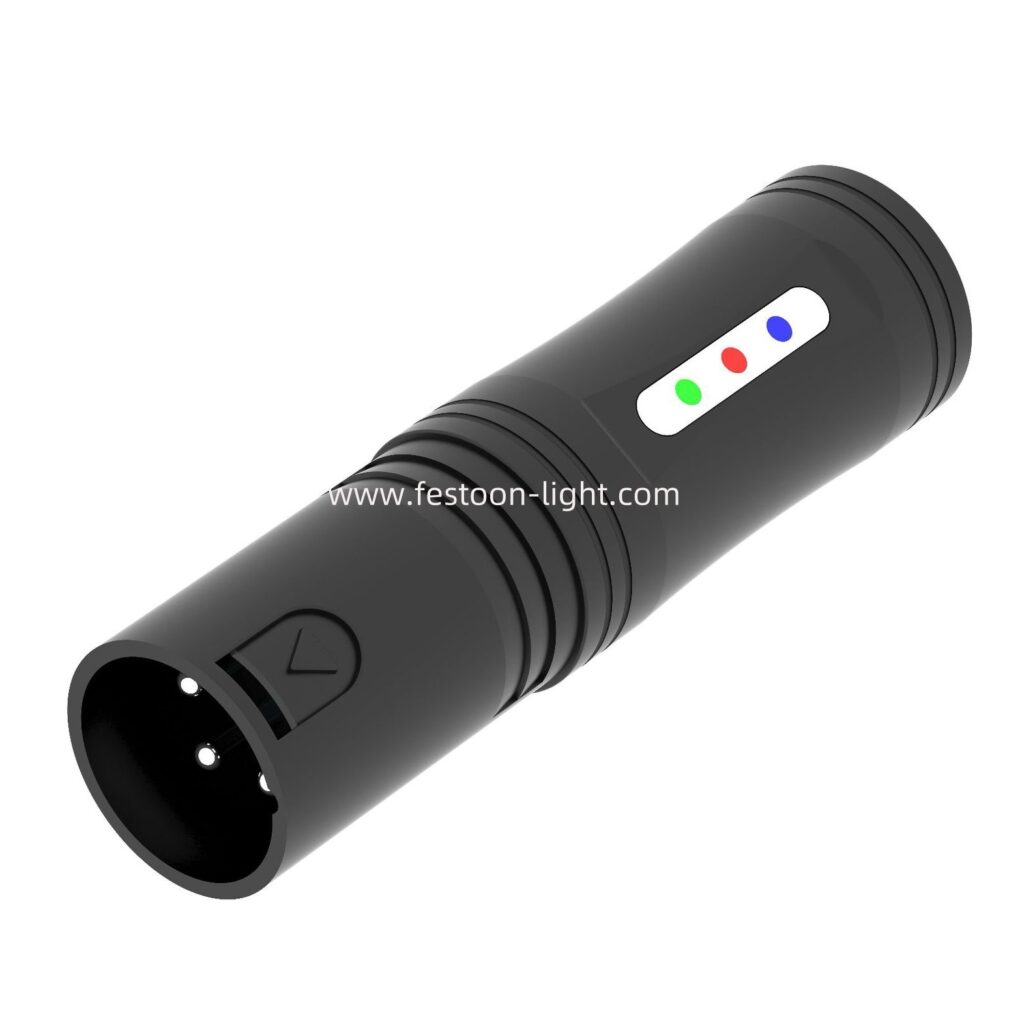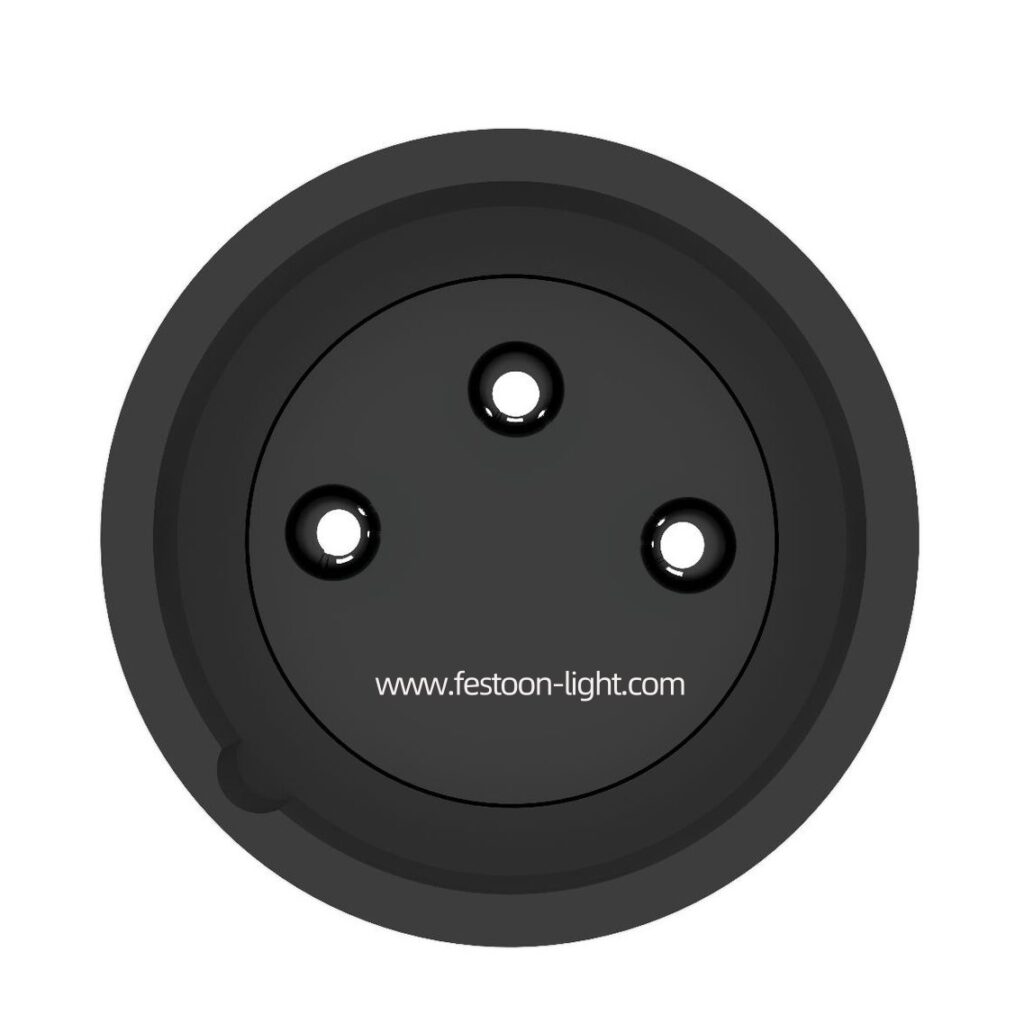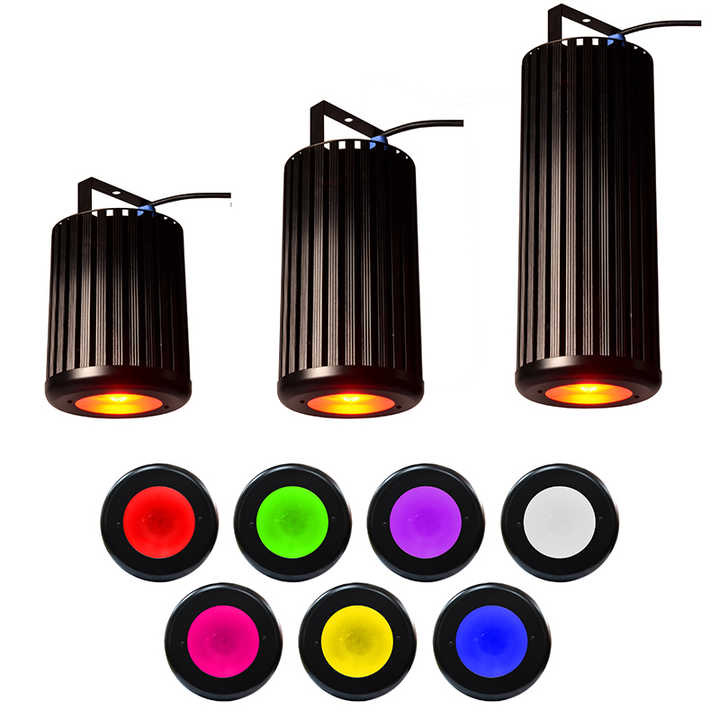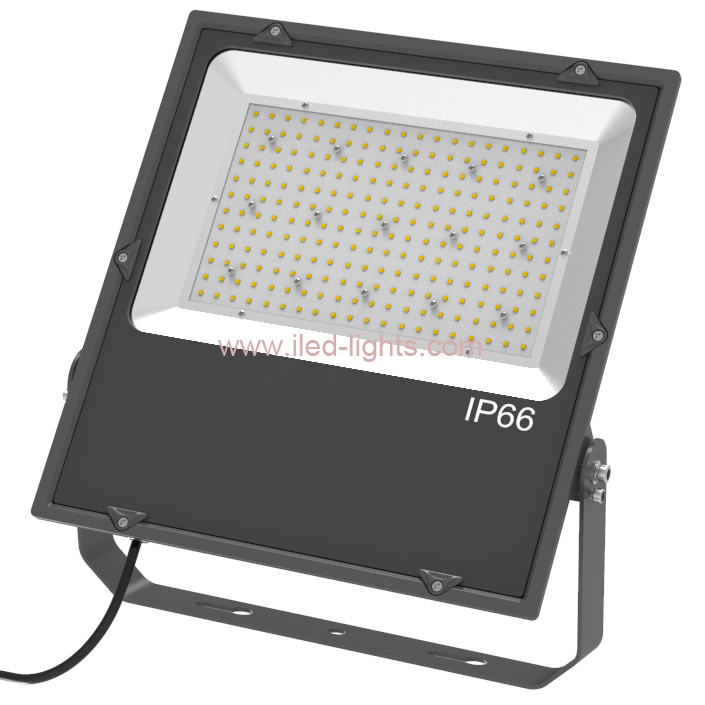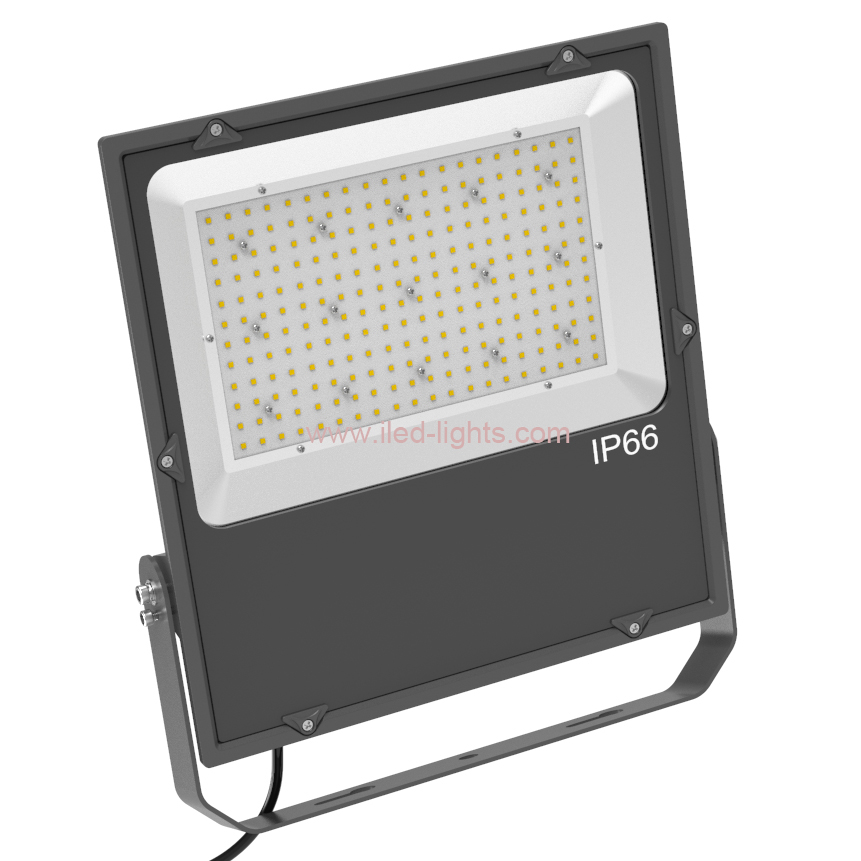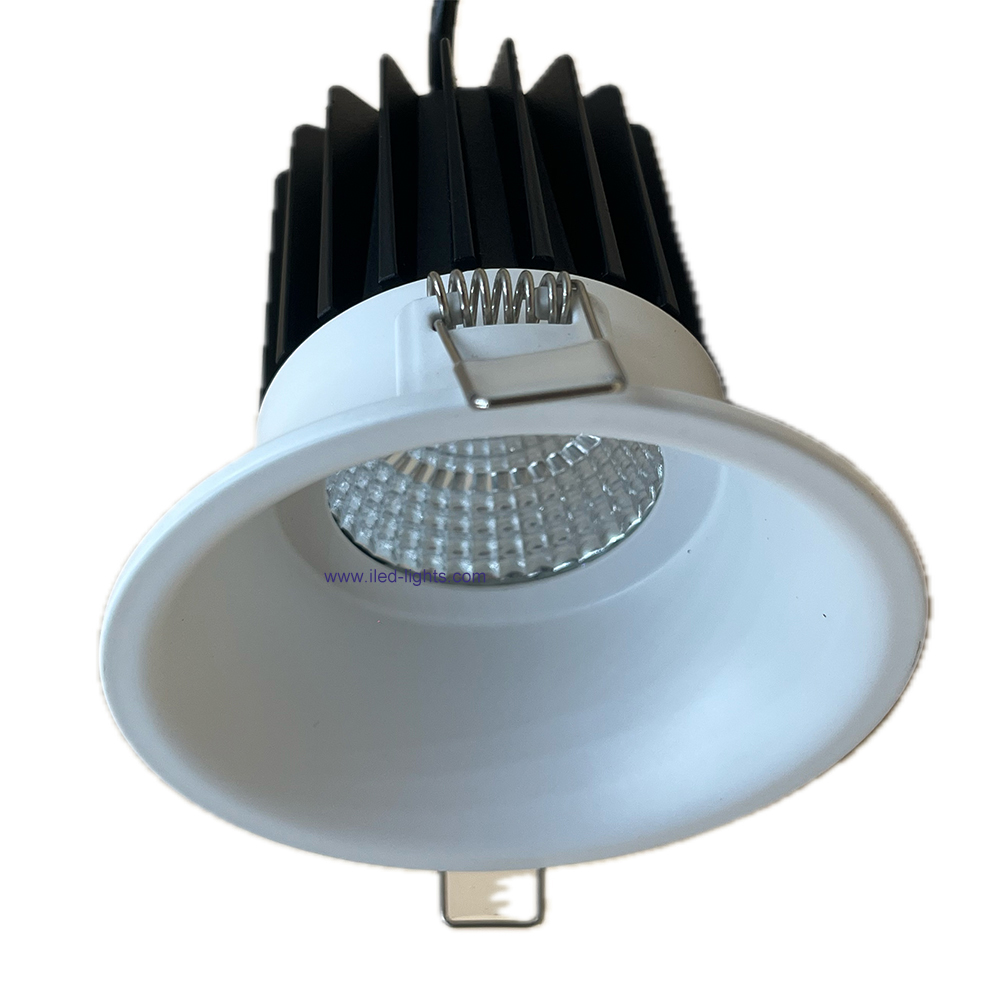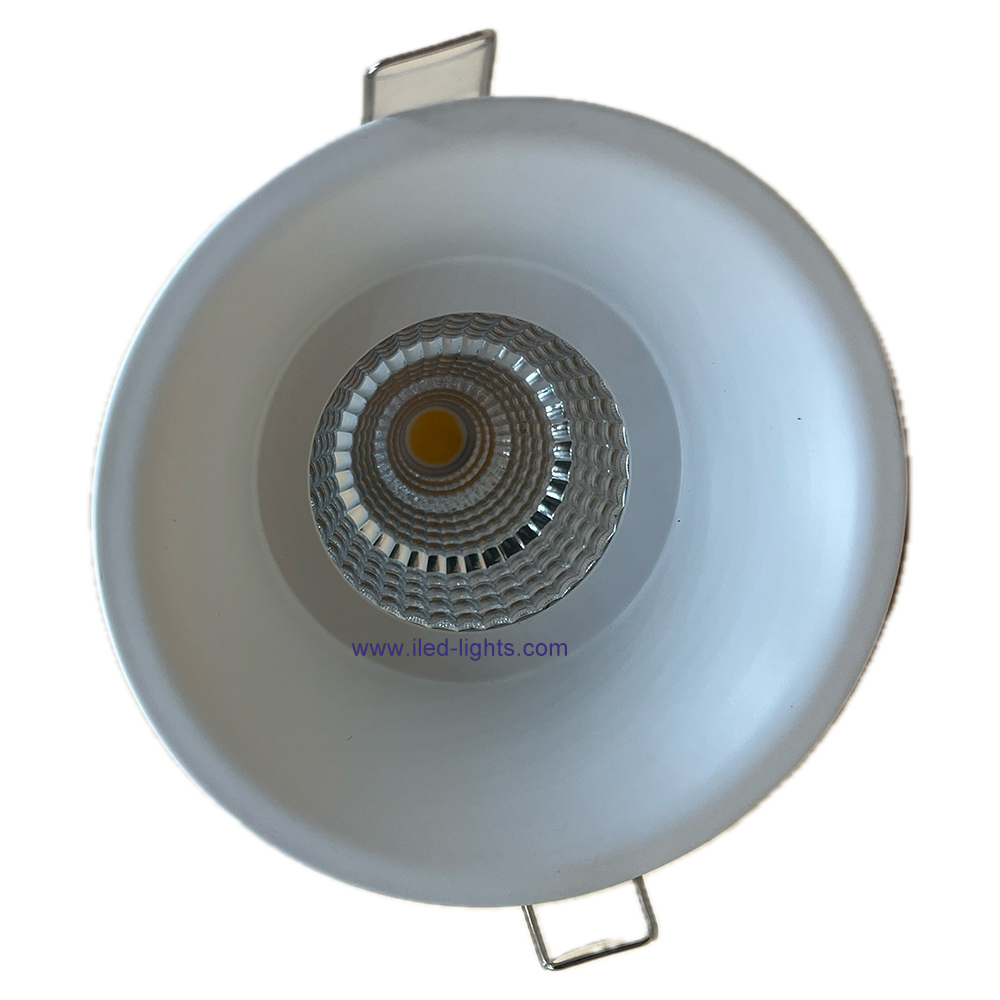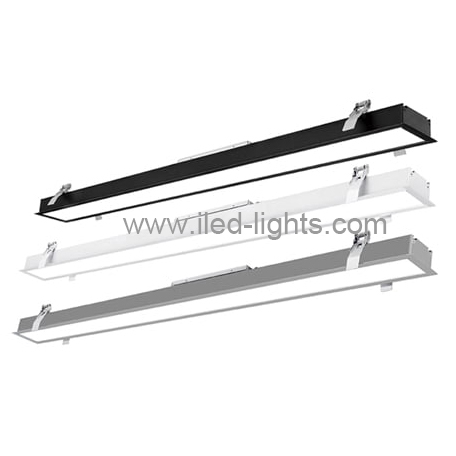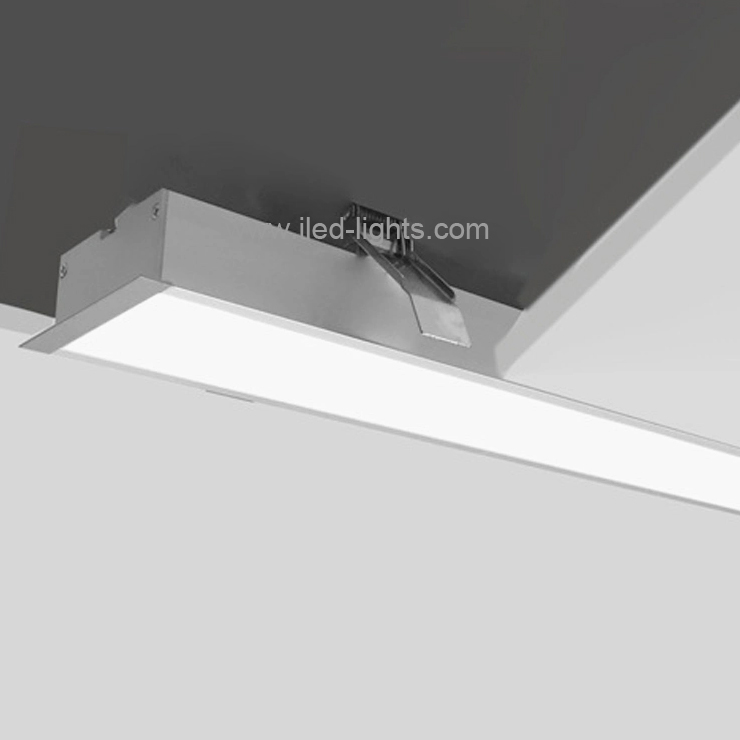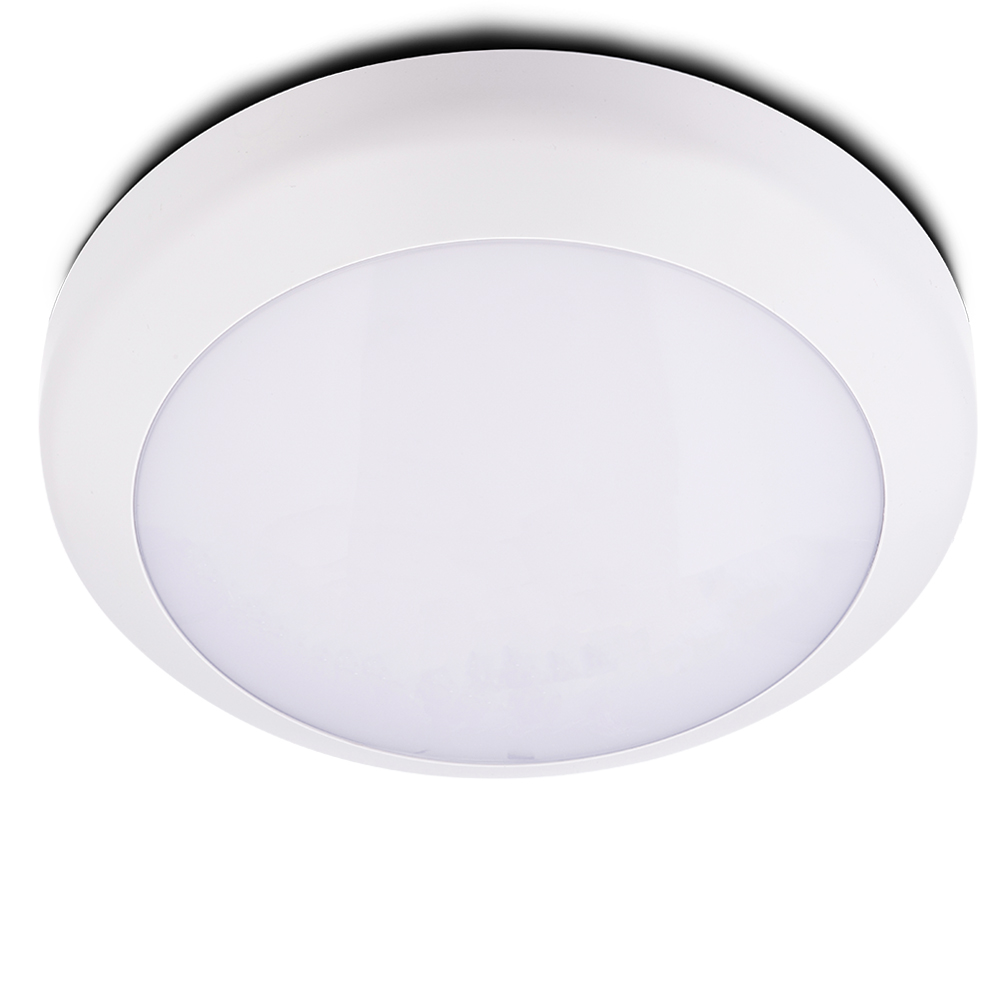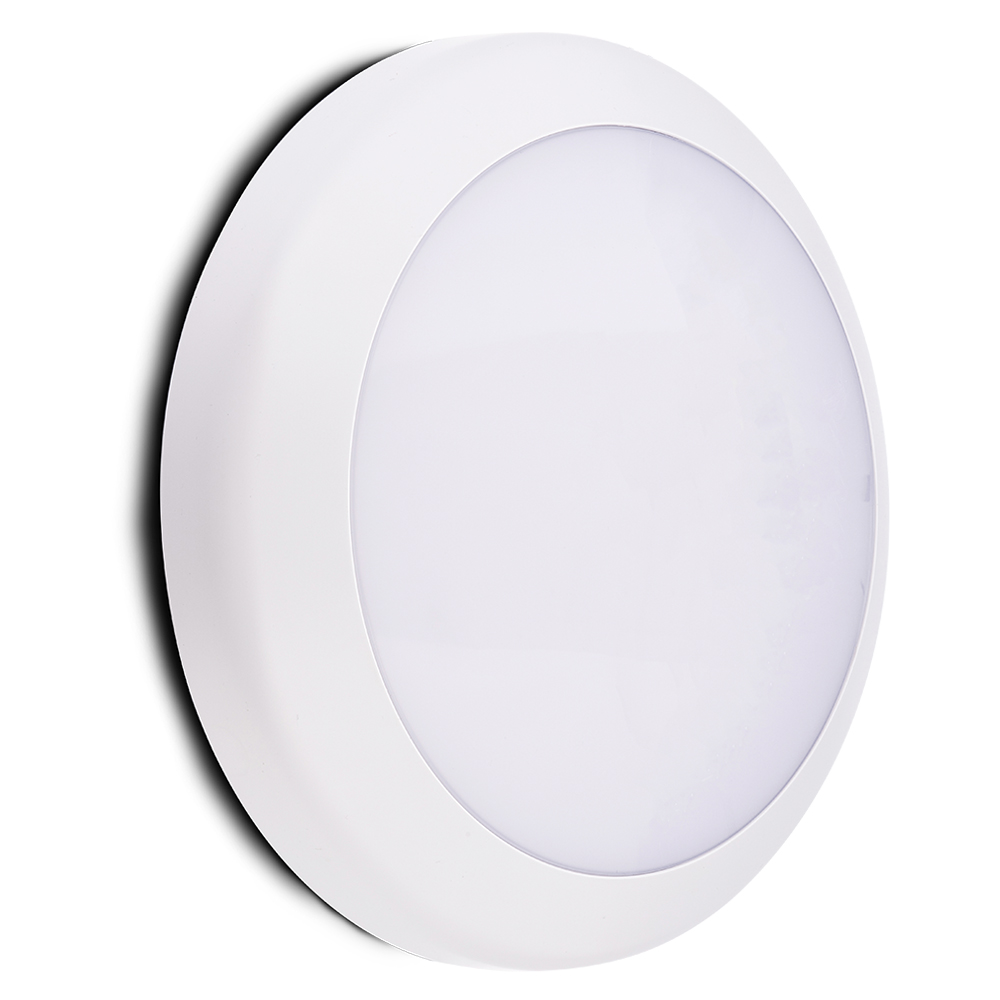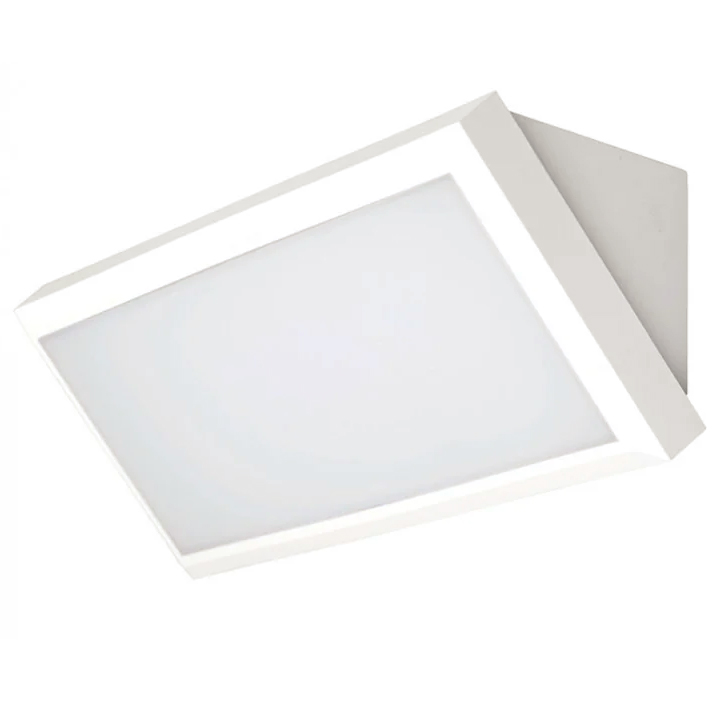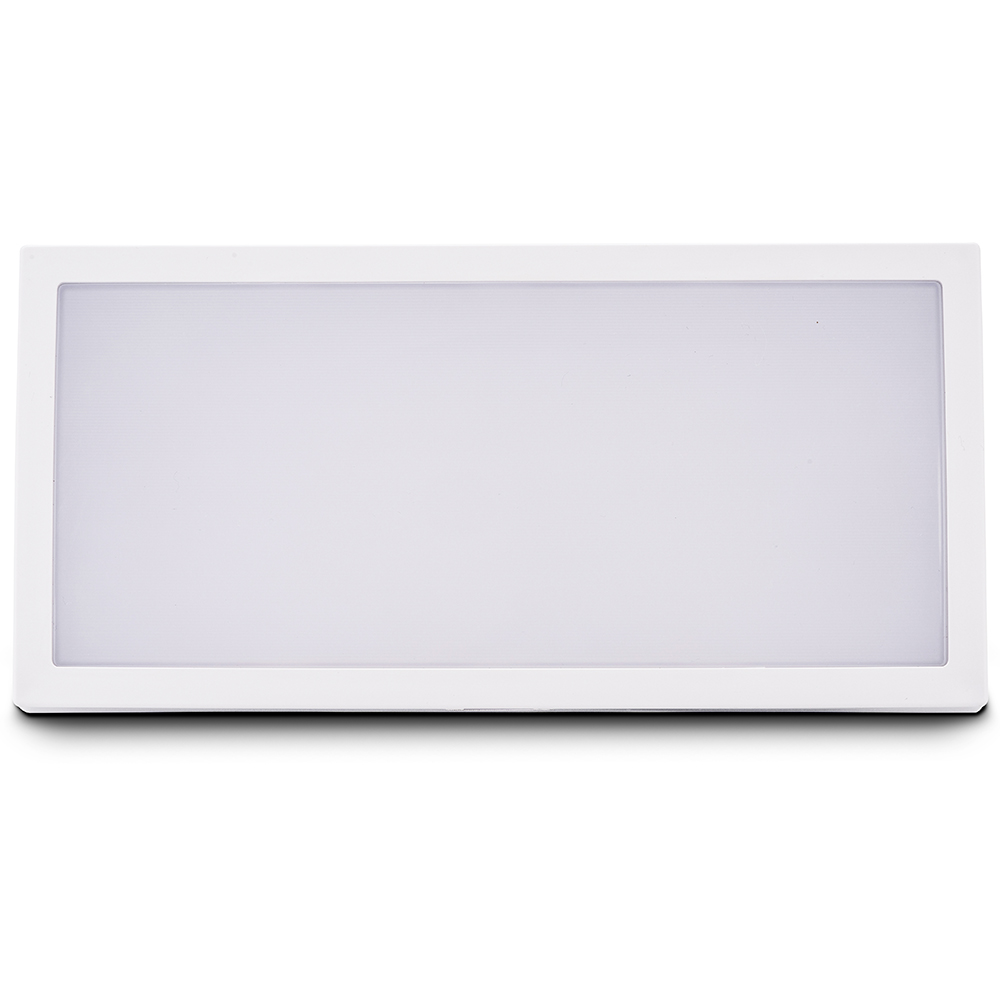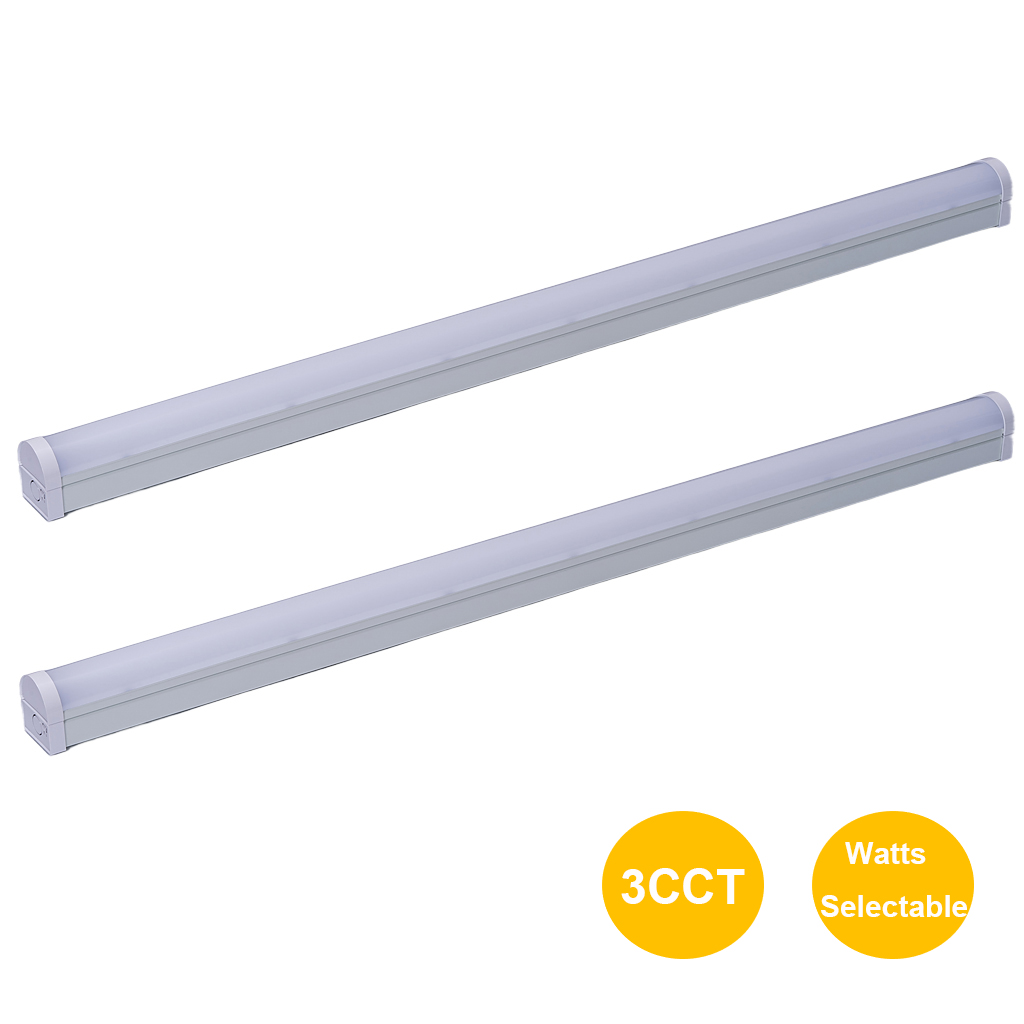When we purchase LED lamps, LED display or any LED light fixtures, at first we will think about the most important of the LED chips used, and which chips are good, which are bad? We list the important parameters of the LED chips for your reference:

DIP VS SMD Structure
1. A forward operating current IF:
It refers to the normal light of the light emitting diode forward current value. Should be selected in the actual use of IF in 0.6 IFm below.
2. Forward operating voltage of the VF:
The operating voltage is given in the parameter list in a given forward current. Generally measured at IF = 20mA. Light-emitting diode forward voltage VF 1.4 ~~ 3V. VF will drop in outside temperature.
3.V-I characteristics:
The relationship between voltage and current of the light-emitting diodes, the forward voltage is less than a certain value (called the threshold), the current is very small, non-luminous. When the voltage exceeds a certain value, the forward current with voltage is quickly increased, light.
4. Luminous intensity IV:
Luminous intensity of light emitting diodes are usually fingering line (cylindrical LED luminous intensity on its axis) direction. In the direction of radiation intensity (1/683) W / sr, the luminous one candela (symbol cd). Low-intensity of the general LED light-emitting diodes, commonly candlelight luminous intensity (candela mcd) units.
5. LED emitting angle:
-90 ° – 90 °
6. Spectral half width Δ λ:
It indicates that the spectral purity of the light emitting tube.
7. Half-value angle θ1 / 2 and perspectives:
θ1 / 2 is the angle between the luminous intensity value of the axial intensity value half of the direction of the light-emitting axial (normal).
8. Full shape:
LED light-emitting solid angle conversion point of view, also called the plane angle.
9. Perspective:
Refers to the maximum angle of LED light, according to the different perspective and different applications, also known as light intensity angle.
10. Half-width:
The angle of the method to between 0 ° and the maximum luminous intensity value / 2. Strictly speaking, is the maximum luminous intensity value and the maximum luminous intensity values / 2 corresponds to the angle. LED packaging technology lead to the intensity value is not the law of the maximum light-emitting angle to 0 °, the introduction of the deviation angle refers to the point of view and method of the maximum luminous intensity corresponding to the angle between 0 °.
11. Maximum forward DC current IFm:
Allow plus the largest positive DC current. Than this value can damage the diode.
12. Maximum reverse voltage VRm:
Allowed to increase the maximum reverse voltage breakdown voltage. Exceeds this value, the light emitting diode may be breakdown.
13. Working environment topm:
The light emitting diode to a working ambient temperature range. Below or above this temperature range, light emitting diodes will not work properly, the efficiency is greatly reduced.
14. Allow power PM:
Allow the addition of the LED at both ends of a positive DC voltage and the flow through the maximum of its current product. Exceeds this value, the LED heat, damage.


